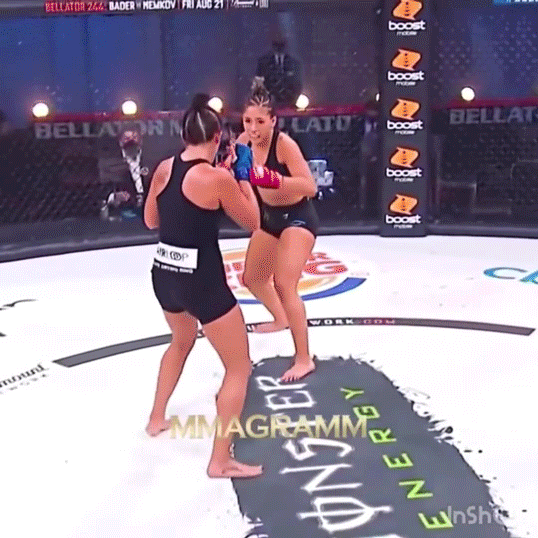Close the opening
When you throw a punch, you will create some opening. Your opponent will punch through that opening,
In the following clip, A throws a left hook. B uses a right hook to punch through the opening that A has just created.
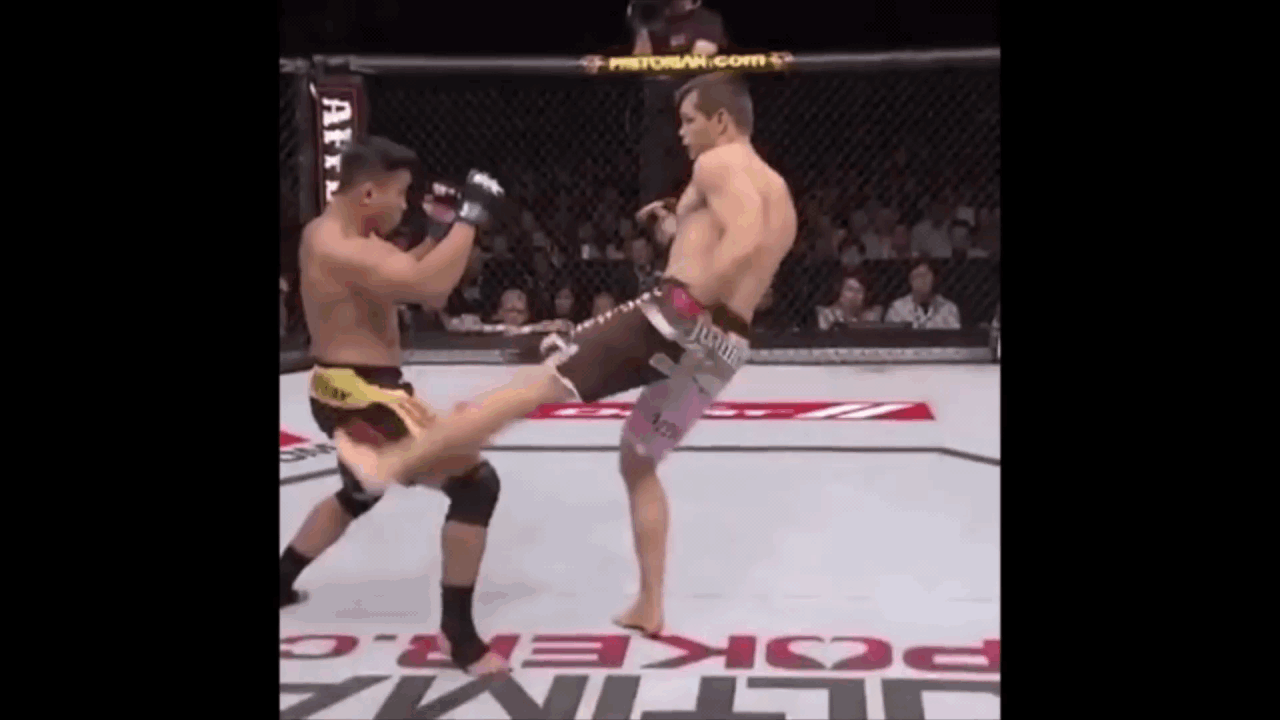
If A can change his left hook into a back fist as shown in the following clip, A can close the opening that he has just created. B's right hook will be blocked by A's left back fist.
It's always a good idea to "close the opening that you have just created" when you miss your punch. In order to do that, you have to think ahead.
Your thought?

In the following clip, A throws a left hook. B uses a right hook to punch through the opening that A has just created.

If A can change his left hook into a back fist as shown in the following clip, A can close the opening that he has just created. B's right hook will be blocked by A's left back fist.
It's always a good idea to "close the opening that you have just created" when you miss your punch. In order to do that, you have to think ahead.
Your thought?


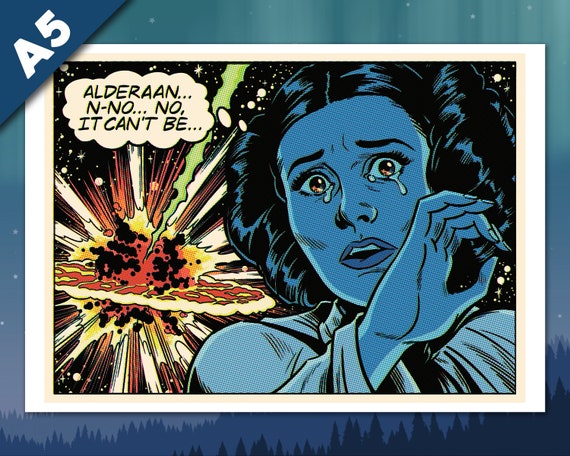
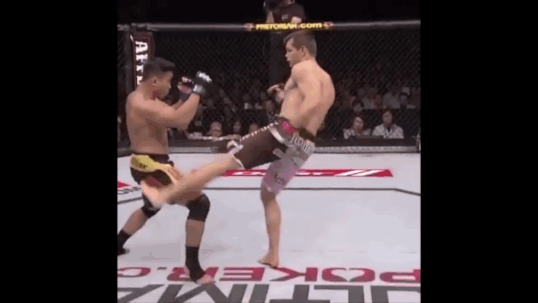
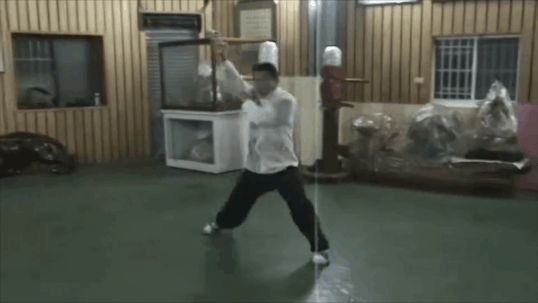
 . He made the opponent miss, lose his balance, and then knocked him down. Ime, few of the theories work once you get hit right.
. He made the opponent miss, lose his balance, and then knocked him down. Ime, few of the theories work once you get hit right.